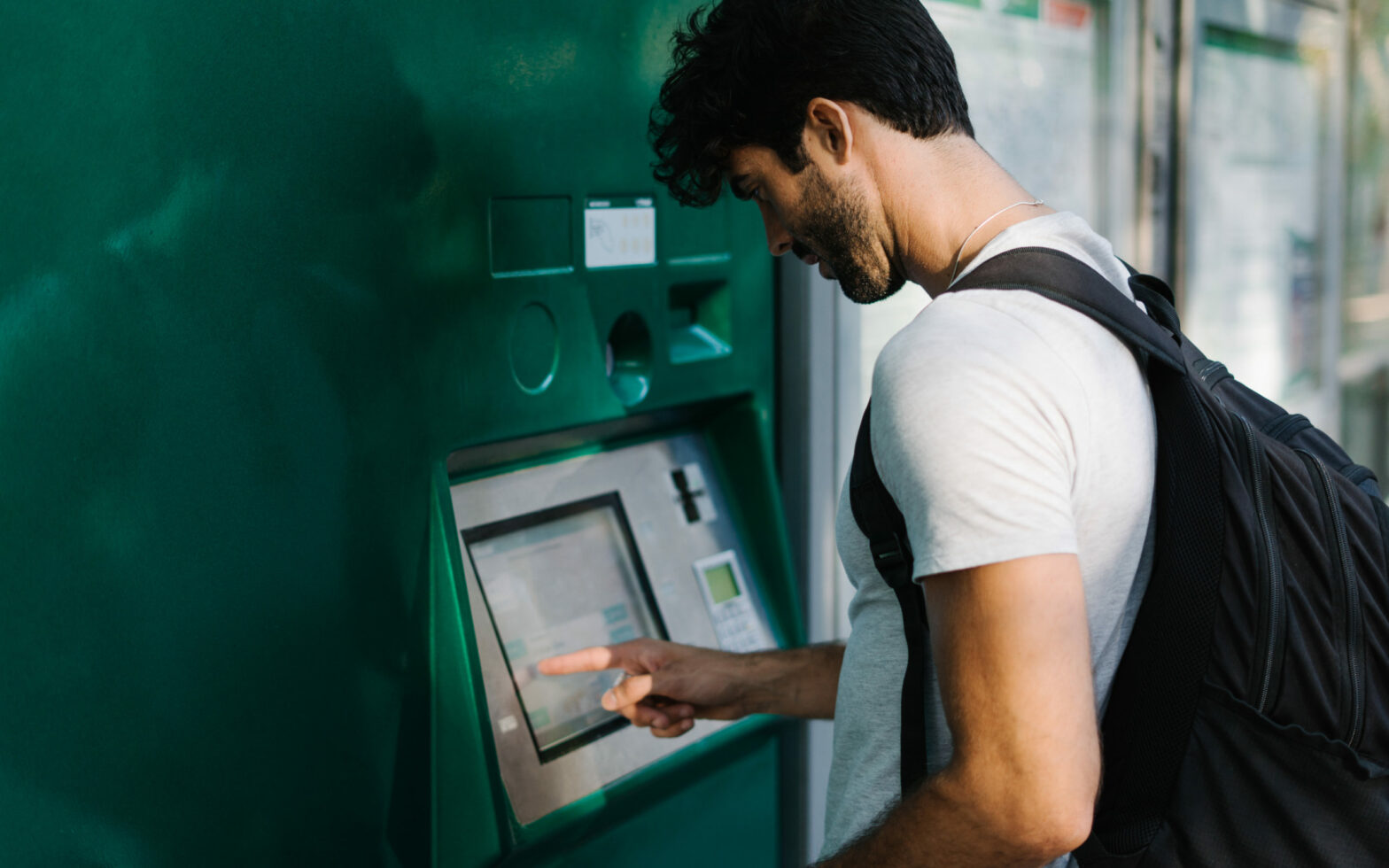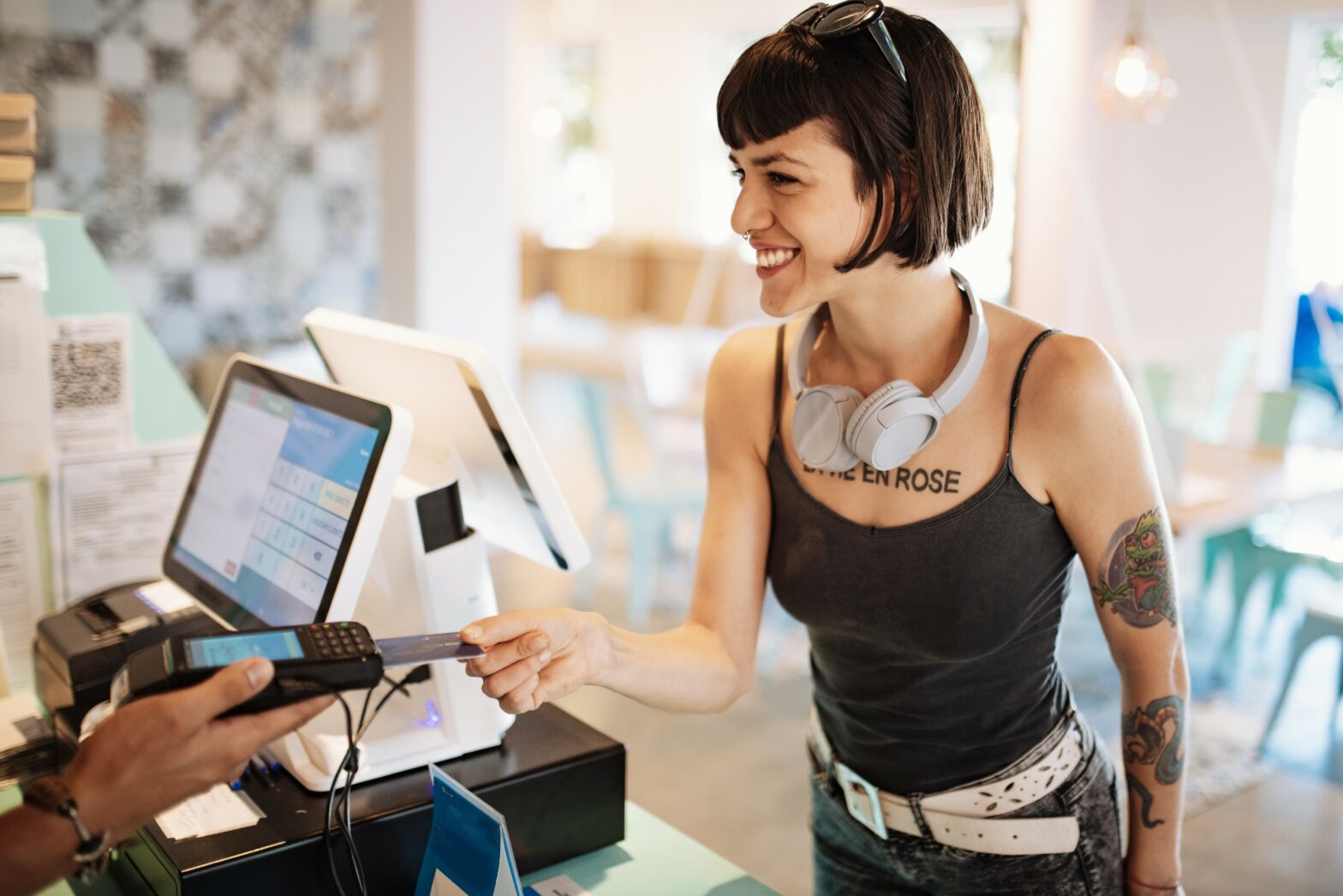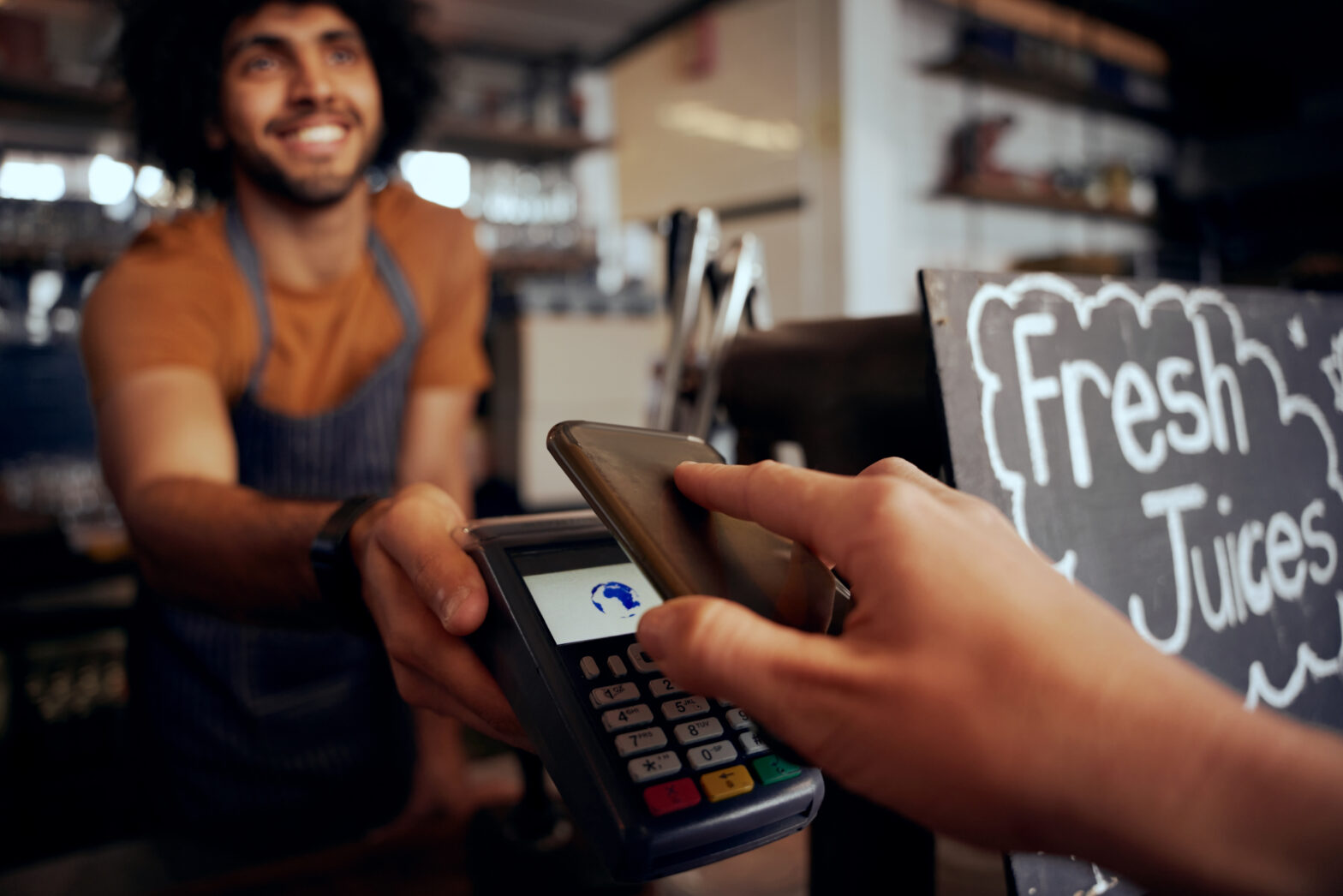For businesses in the unattended market, keeping up to date with ever-progressing technology poses a challenge. Cashless payments and new payment methods have been growing in popularity, and it can feel like a struggle to keep up. Not to mention the fact that the time and expense of upgrading self-service payment terminals can be intimidating.
However, failure to move with the times could cost merchants business.
Here are five reasons why (and how) any merchant who operates unattended terminals – whether they’re in hospitality, parking, transport, retail, transport or travel – should be looking to meet the demand for cashless payments.
>See also: Why businesses should go cashless: pros and cons
#1 – Cash has been dethroned
The old saying, cash is king, has become less and less relevant in recent years. Card payments in the UK have grown at an exponential rate, and research from UK Finance showed that the amount of payments made with physical money dropped by 22 per cent between 2006 and 2016. In fact, card payments overtook cash payments in 2016, with notes and coins accounting for just 40 per cent of spend. It’s predicted that, by 2026, cash will be used for only 21 per cent of purchases.
The king is dead. The convenience and simplicity of a card payment means that consumers are using their cards for small and routine purchases, particularly those at unattended kiosks for parking and vending self-service payments. As this consumer behaviour shifts and the expectation of cashless unattended kiosks grows, merchants must keep up or risk losing out on business.
#2 – The whole world is going unattended
The unattended market has come a long way from coin-based laundromats or pub jukeboxes. Today, it’s hard to find a consumer-facing industry that hasn’t embraced unattended terminals to offer convenient, frictionless experiences. Unmanned kiosks can be used to buy a train ticket, a pair of headphones, health food, a Big Mac, pay utilities bills, charge an electric car, and much, much more.
For a potential glimpse of how unattended retail could become, we need only look at Amazon’s Go Stores. These bricks-and-mortars stores operate on a “grab-and-go” basis – after scanning their Amazon mobile app at the entry barriers, customers simply pick up items from the shelves and walk out of the store with them. A combination of smart cameras and machine learning tracks each item and associates it with the customer’s Amazon account, from which payment is automatically taken. There are no payment terminals. There isn’t even an explicit payments moment.
Are Amazon Go Stores the future of retail? It’s hard to say at this point. But they are undeniably part of a seismic shift towards an unattended world. Consuming goods and services via unattended kiosks and terminals have become part of the fabric of modern life, and it’s only set to become more pervasive. A crucial element to enabling this will be an omnichannel approach combining all payment gateways into the same ecosystem.
This will not only provide customers with the seamless, reliable and familiar service they increasingly demand, but will help businesses improve their offering by enabling them to recognise users whatever their journey and consolidate all transactions into the same tool and report.
#3 – People outside the big cities are being left behind
Alternative payments options are widespread in larger cities. In London, Edinburgh, Glasgow, Manchester, Cardiff, Birmingham or Newcastle, it’s easy to pay for a parking with a contactless card or buy a self-service coffee with a mobile wallet like Apple Pay. Outside of the cities, however coin-operated machines are still the norm.
This is a problem because the general shift towards cashless payments hasn’t just stuck to the cities. People in less-populated areas have embraced contactless cards and mobile wallets just as much as city-dwellers. When they come across an unattended machine that is unable to accept cashless payment methods, not only is it unusable to the customer, but the operator misses out on that income. When taken as a whole, the amount of revenue lost from unattended machines outside of large population centres is significant.
>See also: Cashless payments set to explode globally, finds study
#4 – Offering cashless payments is a future-proofing exercise
New Alternative Payment Methods (APMs) are on the rise all the time. Contactless cards and mobile wallet payments are the methods seeing the greatest surge right now, but who knows what the future holds? Cryptocurrencies like Bitcoin are currently too niche to be tenable payment methods at unattended kiosks, but they could achieve mainstream acceptance when Facebook launches its Libra digital currency.
Ultimately, the unattended market needs to consider that other APMs could soon become the norm, and terminals therefore need to incorporate technology which allows these options to be supported in future.
Thankfully, updating machines to offer contactless can function as a future-proofing exercise, as it allows merchants to integrate an Application Programming Interface (API) into the terminal which lets them integrate their partner’s payment applications. This makes updating terminals with the latest payment methods easier, quicker and more cost-efficient. It ensures that these devices will be able to support new ways of paying as they become more popular.
See also: Which card payment machine should I get for my small business?
#5 – It’s not as hard as you think, help is at hand
Updating unattended terminals to offer modern payment methods can feel like a daunting process for merchants due to the time and resources it requires. However, it’s not as difficult as it might seem at first. There are specialists out there who can make the transition much easier.
Our Ingenico Enterprise Retail’s omnichannel solution is one such option, providing merchants with a multi-factor offering to suit their needs. From a payment gateway that accepts multiple payment methods, to acquiring facilities and advanced data monitoring, the solution allows merchants to process transactions across any channel, increase conversion, improve user experience, as well as handle fraud risks.
To support merchants, Ingenico Enterprise Retail, and value-added reseller Hemisphere West Europe (HWE), have been working together to help make this switch to cashless payments seamless and cost-effective. By outsourcing to a specialist in the contactless payments sector, industry best practices are being utilised to update and replace many of these unattended merchant kiosks.
The demand for cashless payments at unattended terminals is growing, so it’s down to merchants to commit to providing it. However, it doesn’t have to be difficult.
Lee Jones is director of sales and business development at Ingenico Enterprise Retail








